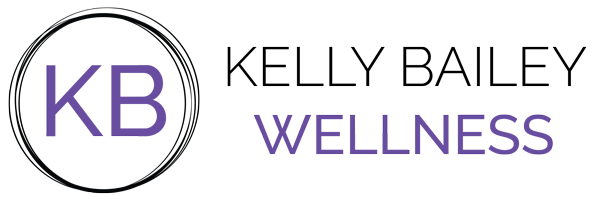How much weight should I lift?
How much weight should I lift?
Picture it. The gym. 2023. You’re staring down the weight rack. There’s a 300lb. guy to your right curling the 55’s, another on your left grunting and tossing weight plates around in the squat rack, and an influencer chick setting up her camera equipment. You’re about to give up and go back to area with the pink dumbbells that only go up to 10 lbs. Then you remember that Kelly talked about that whole “progressive overload” thing.
So there you are. Now what? Where do I start? How much weight should I lift? These are super common questions I get from women starting out in weight lifting. They want to know how much they should lift.
Let’s start with a few ground rules for weight lifting
These are in no particular order…
The amount of weight you can push/pull is very individual and depends on varying factors like your size, muscle mass, whether or not you’ve lifted in the past, physical limitations you may have, and recent exercise history. Stop comparing yourself to others!
A rep (repetition) is a single execution of a specific exercise. For example, one squat is one rep of the squat. A set is the completion of several reps of a specific exercise in a row. For example, 10 squats performed in a row is one set of squats.
Form always comes first. Make sure you understand how to do an exercise properly before you add weight to it. Adding weight to an improperly-performed exercise may cause injury, and will most certainly cause imbalances in the body.
Always start with body weight or very light weights and work up as you build confidence. Remember that it may take several workouts to figure out what weights are going to challenge you.
Understand which muscles each lift works. For example, squats mainly work the quads, hamstrings, and glutes, overhead presses work the deltoids (shoulders), etc. It’s very difficult to get your form correct if you have no idea what muscles you should be squeezing! Sounds like another good blog post topic.
Act like you are going to the gym to practice. When you want to get good at something, you practice. Don’t go to the gym just to try to lift the heaviest weights possible. Go with the intention to practice your lifts. Those mirrors aren’t for posing, flexing, and admiring your growing glutes. They’re there for form checks!
The last rep of the last set is the most important rep. That may not make sense now, but it will as you become more practiced at lifting. In short order, you should feel challenged, but not so much so that you can’t finish your reps/sets.
Work with a qualified trainer if you are unsure of form, or if you have health challenges or injuries you are managing.
Choosing a weight
When you first begin going to the gym, focus on the five big lifts (squat, deadlift, overhead press, chest press, and row), and lift just your body weight or very light weights until you are confident your form is close to perfect.
Choose a set/rep range. For most people starting out, 3 sets of each exercise and 10 to 12 reps per set is standard for building foundational strength.
As you get practiced in your lifts, get into the habit of asking yourself “how many more could I have done with this weight?” For example, let’s say you just did a set of 10 overhead presses with 8 lb. dumbbells; ask the question “how many more could I have done?”
If the answer is 5 reps or more, it’s too light.
If the answer is 2 or 3, the weight is probably just right.
If you didn’t make your rep range with good form, the weight is too heavy.
If you can do your reps quickly, the weight is too light.
If you have to use momentum to lift the weight, it’s too heavy.
I like to tell clients that the last 2 reps of a set should feel challenging, but you should have just enough gas left in the tank for 2 or 3 more. Another silly way to put it: if you’re not making a funny face or silently mouthing a swear word on the last rep, you may not be challenging yourself enough. (See video.)
How much weight should I be lifting?
The human body is an adaptation machine. If you keep using the same weights/reps/sets, the body will have no reason to adapt further. As you build confidence in the gym, you will need to push your limits to keep seeing progress. This is called progressive overload. Not being on a progressive program is the most common mistake I see women make (besides not going to the gym at all).
Remember as you progress that it’s okay to have regressions and tough days. It’s okay to back down on the amount of weight you are pushing. It’s okay to take rest days and breaks from heavy lifting. You won’t always be able to add weight to the bar.
Learn the lifts. Pay attention to your body. Stay consistent. Give it time.
This post is in reference to a previous blog post about prevention of weight gain during menopause and perimenopause.
Check out what’s new at KB Fitness: Winter health and fitness clinics!
For more details and sign-up info, click HERE.
Thank you for reading!
Blog Author: Kelly Bailey, IIN certified holistic nutrition coach, and NPTI certified personal trainer
Learn more about the author here.

